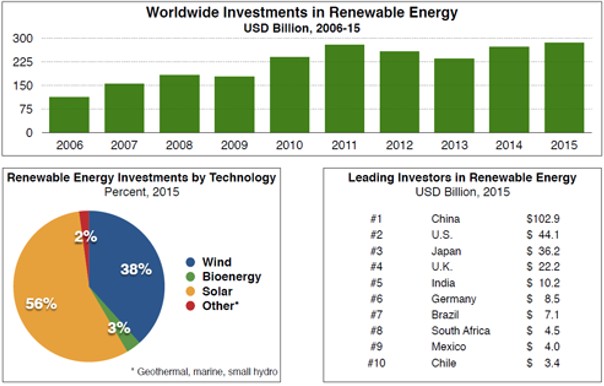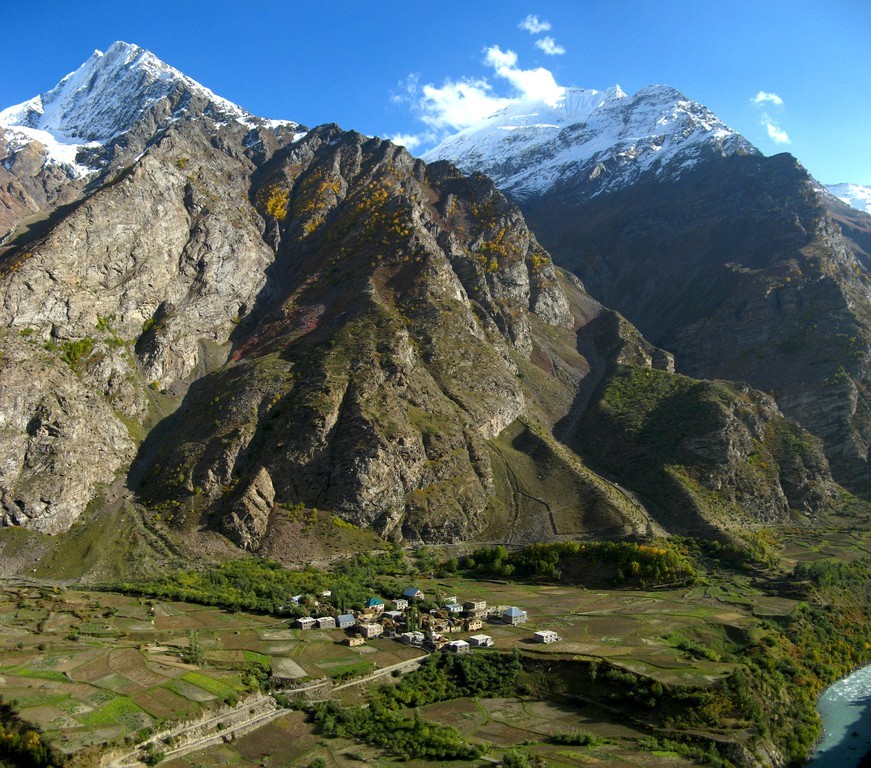 Heather Britton is one of our new writers, today reporting on a summary of this paper by Andrew J Apostoli and William A Gough, covering the difficulties of pursuing reduced greenhouse gas emissions whilst fuelling one of the largest populations on the planet – India. The actions of this country are contributing to the eventual achievement of UN Sustainable Development Goals 7 and 13 – Affordable and Clean Energy, and Climate Action respectively.
Heather Britton is one of our new writers, today reporting on a summary of this paper by Andrew J Apostoli and William A Gough, covering the difficulties of pursuing reduced greenhouse gas emissions whilst fuelling one of the largest populations on the planet – India. The actions of this country are contributing to the eventual achievement of UN Sustainable Development Goals 7 and 13 – Affordable and Clean Energy, and Climate Action respectively.
India makes up 18% of the world’s population (1.2 billion people) with this value predicted to rise to 1.5 billion by 2030. Like many countries in the Global South, India is currently reliant upon fossil fuels to meet its energy demands, but it lacks the natural resources to provide energy for its people in this way – already 80% of its oil is imported, and this is likely to increase in the coming years. On top of this, India’s current energy production is falling short of their present requirements, with only 44% of households having access to electricity and 600,000 villages yet to be connected to the national electricity network.
You could be forgiven for thinking, therefore, that reducing carbon emissions would not be a priority, with the more pressing issue of making sure all Indians have access to energy taking precedence. This, however, is far from the reality, and although per-capita emissions are predicted to increase significantly as a result of the demands of a growing population, India’s renewable energy sector is ranked fifth in the world (Figure 1), and plans are in place to ensure that this sector’s growth does not stop here.

Figure 1: Global renewable energy investments. Source: Bloomberg New Energy Finance, Global Trends in Renewable Energy Investment, 2016
Although a factor in this statistic is the huge (and expanding) population of the country, it seems that India truly are passionate about pursuing a sustainable future. A survey recently revealed that many Indian citizens were happy to pay a carbon tax due to their awareness of the environment and the problems it is currently facing. To some, the environmental conscience of the country is seen as exacerbating India’s energy problem – if India can’t generate enough energy to ensure that all of its people have access to a sizeable and dependable energy source, why restrict the use of some of the most reliable methods of energy generation on the planet? – Others however have seen it as an admirable step in pursuit of sustainable development.
India has adopted ambitious targets to reduce greenhouse gas emissions through climate change policies and financial incentives to promote the development of new renewable energy initiatives, but it is currently unclear whether this will be enough for India to overcome its present day energy difficulties and meet the environmental promises that they have made both to their public and the global community (e.g. pledging to reduce emissions by 20-25% by 2020, although this is not legally binding).

Figure 2: Smog in New Delhi, India. Source: Prakhar Misra (distributed via imaggeo.egu.eu)
The landscape and climate of India are well suited to many forms of renewable energy generation, making these options financially viable. It is clear that if India is to achieve its goal of supplying affordable energy to allow economic growth in an environmentally-conscious manner, renewable energy must be heavily invested in, enabling technological developments to be made in this industry.
The Indian government has produced a number of funding initiatives to encourage such investment: for example the ‘National Action Plan on Climate Change’ (NAPCC) was formed ‘to make India a prosperous and efficient economy that is self-sustaining for both present and future generations while confronting climate change’ (Apostoli and Gough, 2016). Its aims include reducing poverty, reducing the anthropogenic effects of climate change and developing technologies at a fast pace to ensure the regulation and mitigation of greenhouse gases.
Other funding initiatives include the coal tax, which has risen form 50 rupees per tonne of coal in 2010 to 400 rupees per tonne in 2016, the money from which is used to finance the national clean environment fund. Up to 2015 this fund had developed 46 clean energy initiatives, and has allowed further projects to take off since. In addition, tax-free bonds were offered from 2015-2016 for the financing of renewable energy initiatives, valued at around $800 million.
India therefore has succeeded in creating motivation for the development of renewable energy and has a plethora of methods of renewable energy generation available – the details for some of which I have outlined below:
Hydropower: With altitudes ranging from the highs of the Himalayas to lows of the Ganges delta, India’s landscape is perfectly suited to both large and small scale hydropower plants. As of 2013 17% of the total electricity generated in India was from hydropower stations, second only to coal, demonstrating the potential for the development of this field in the future.
Solar: Sitting between the tropic of cancer and the equator, India is ideally situated for the generation of energy through the use of solar cells. Solar energy has the potential to surpass India’s annual energy consumption and allow it to become a global leader in solar energy, although the initial costs of the solar cells required is considerable. With schemes such as the ‘National Solar Mission’, aiming to have 22 GW of solar capacity by 2022, the solar sector in India is expected to expand rapidly.
Wind: There is huge potential for the wind industry. Wind generation is not only the largest growing renewable energy sector in India, but is also experiencing a recent rise in social acceptability, leading to the prediction that in 2020 wind energy will save 48 million tonnes of CO2.
Biomass: This is an incredibly important energy source for India, as 70% of the country’s population rely on it for energy. Currently, however, biomass is being used inefficiently, exposing children and women to high levels of indoor pollution. Policies have been developed to encourage more efficient and cleaner utilisation of this abundant fuel, but there is still a long way to go in improving the use of biomass.

Figure 3: Landscape of the Indian Himalaya, well suited to many methods of renewable energy generation. Source: Yuval Sadeh (distributed via imaggeo.egu.eu)
The progress in the renewable energy industry sounds promising, but as ever problems are arising. Last year the Indian state Tamil Nadu generated more energy using solar cells than it required – but this energy could not be passed on to other states as the grid was not sophisticated enough to connect this excess of renewable energy to neighbouring states. It is clear that developing methods of renewable energy generation is of great importance, but without careful planning much of the future renewable energy generated may go to waste.
In conclusion, sustainable development is of pressing concern to India, a country which houses a significant proportion of the world’s poor. There is currently heavy demand for fossil fuels, as the country undergoes unprecedented economic growth, rapid population increase and industrialisation. This places pressure not only on the national grid, but on unsustainable resources which will be exhausted under current consumption rates.
In response to these challenges India has invested heavily in the deployment of renewable energy strategies. With a combination of financial incentives, taxes and subsidies, India has caused a surge in renewable energy schemes, working to exploit the country’s landscape. Although it is still in the early stages of development, India’s dedication towards renewable energy will result in greater energy security for the world’s second largest population, providing them with the independence to facilitate economic growth whilst reducing their greenhouse gas emissions. There is certainly more work to be done, but the impetus that India has demonstrated in finding solutions to their energy crisis will hopefully result in a happy ending for this sustainable development story.
**This article expresses the personal opinions of the author (Heather Britton). These opinions may not reflect an official policy position of Geology for Global Development. **
